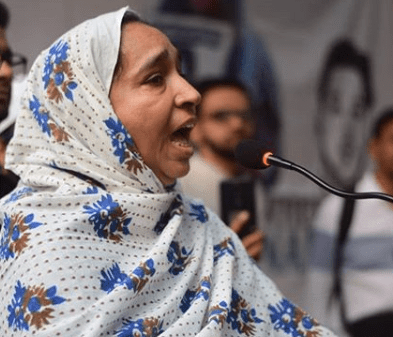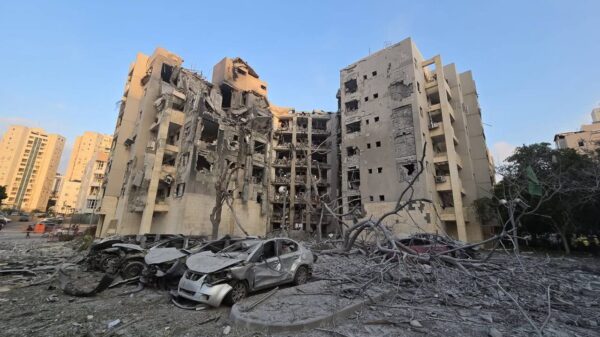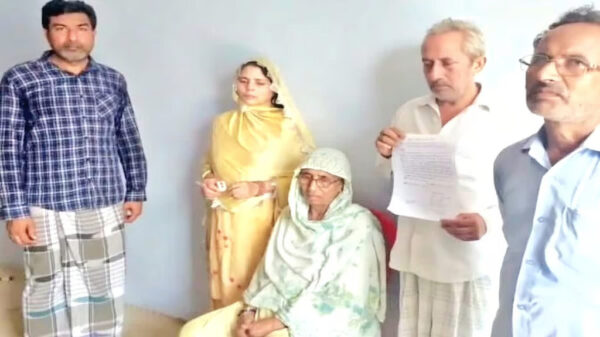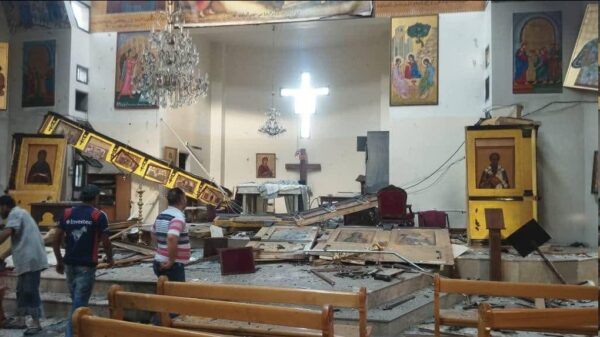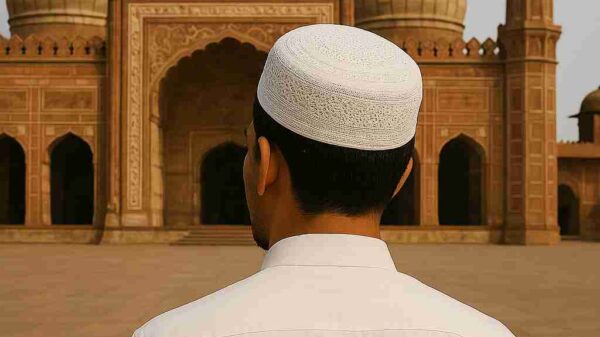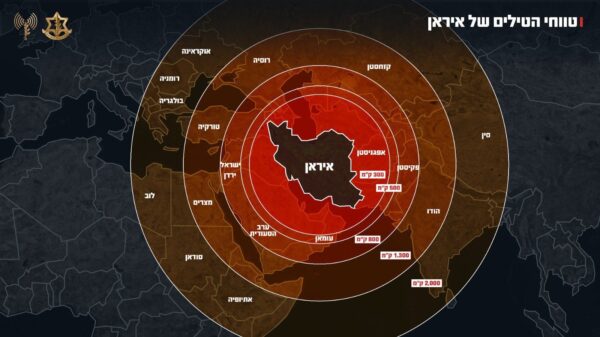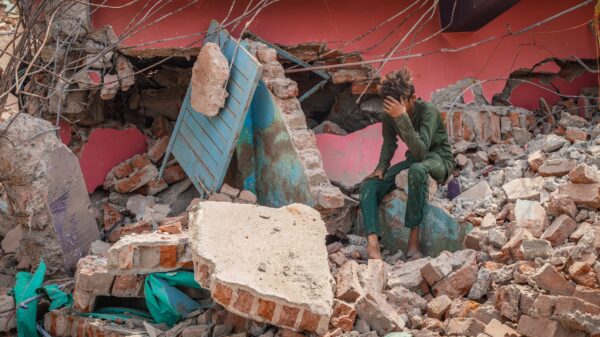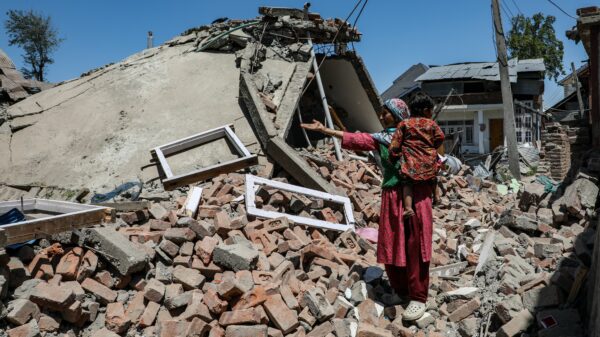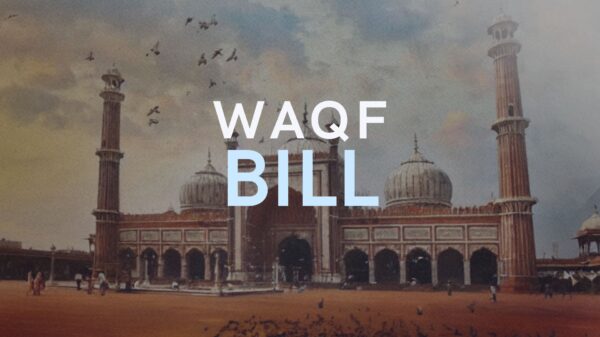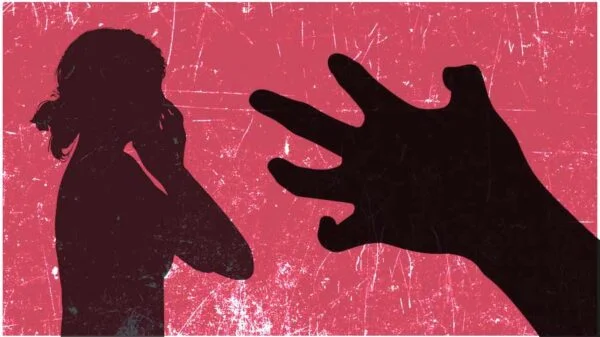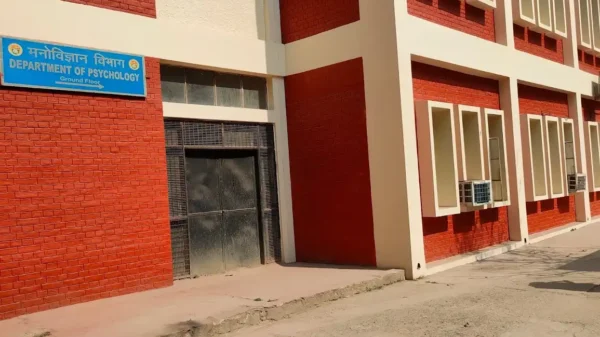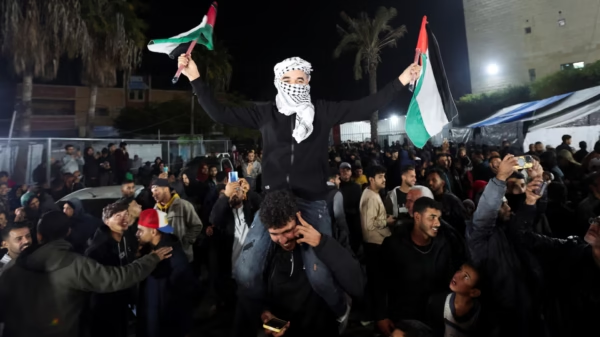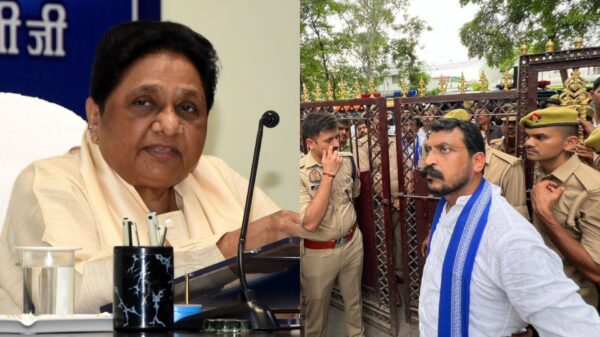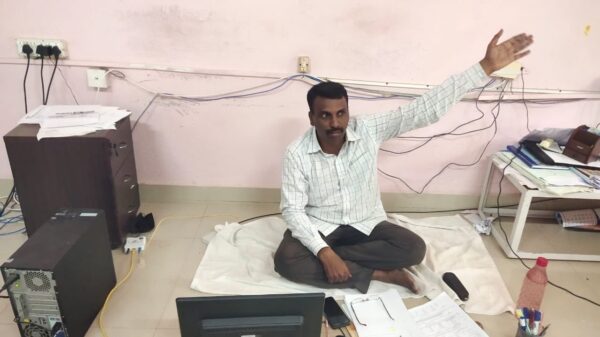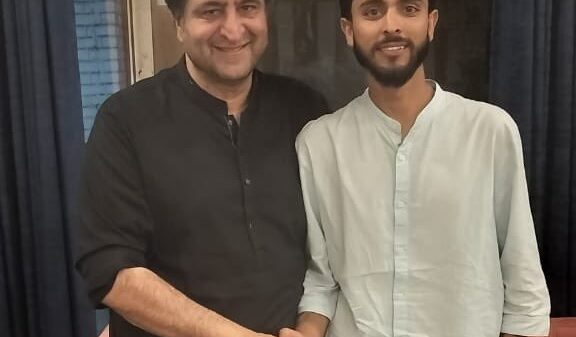Zaina Shahid Khan
Rushing toward the university mosque, Shaista quickly tucked her notebook into her backpack, careful not to spill its contents. The call for the Asr prayer had just ended, and the congregational prayer was about to begin. Stepping into the newly created women’s section, she paused for a moment, breathing in the cool air of the room.
As she raised her hands along with other female students to begin the namaaz, a sense of calm and belonging washed over her. Perhaps it was the serenity of praying in the mosque, surrounded by a congregation, that heightened the spiritual experience of Ramzan for her.
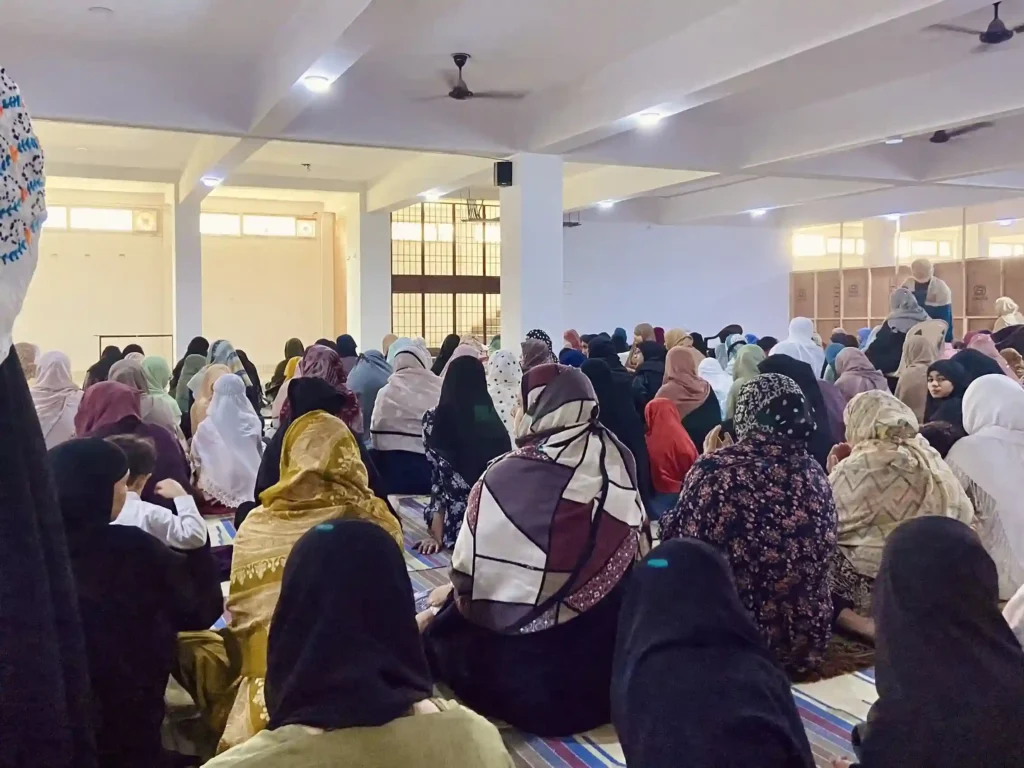
This year, mosques across the Muslim-dominated Okhla region in Delhi are witnessing a steady influx of women — young students, working professionals, homemakers, and elderly women alike — all gathering to pray, reflect, and recite.
On Friday, March 14, the basement of the Jamiat Ul-Hind Markaz in Abul Fazal was filled with women offering the Dhuhr prayer.
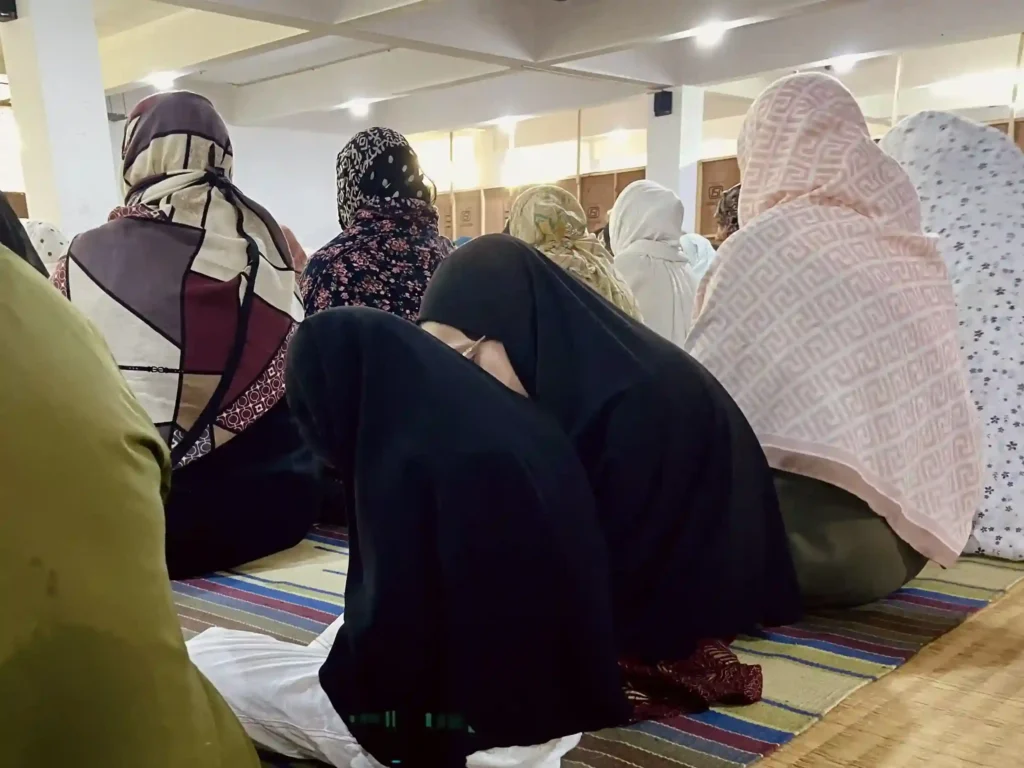
The small mosque inside Jamia Millia Islamia’s Gate No. 8 now features a recently built women’s section, which students like Shaista are enthusiastically making use of.

The university’s Girls’ Common Rooms and hostels are also embracing the spirit of the holy month, with students coming together for prayer and community gatherings.
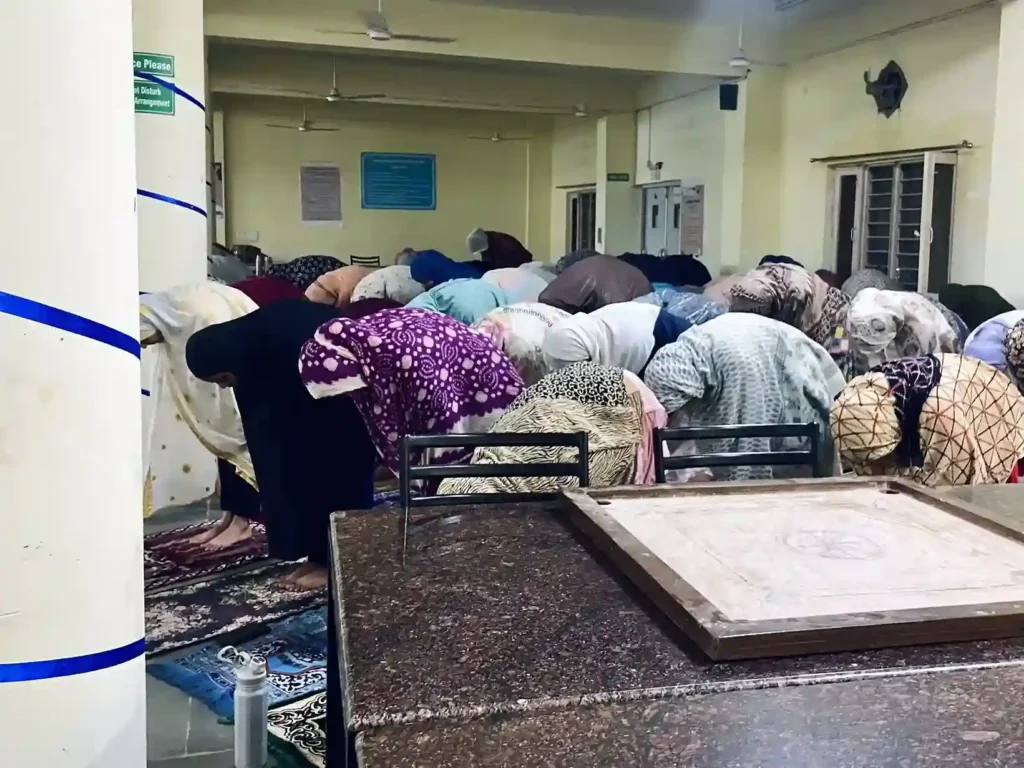
In mosques across Batla House, young children accompany their mothers and guardians, filling these worship spaces with their adorable laughter.
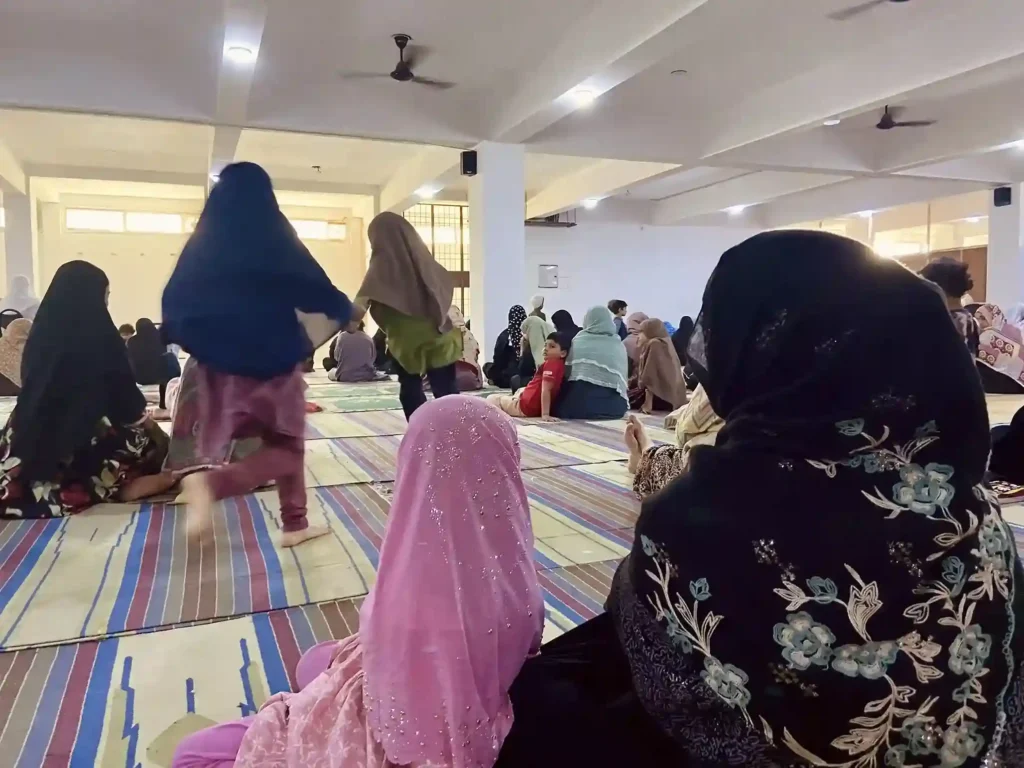
For many working women and full-time students, such spaces offer not just convenience but a sense of inclusion along with spiritual fulfillment.
At a time when the country continues to struggle with rising Islamophobia and communal tensions, the gradual opening up of mosque spaces for women, though long overdue, is a welcome step.






